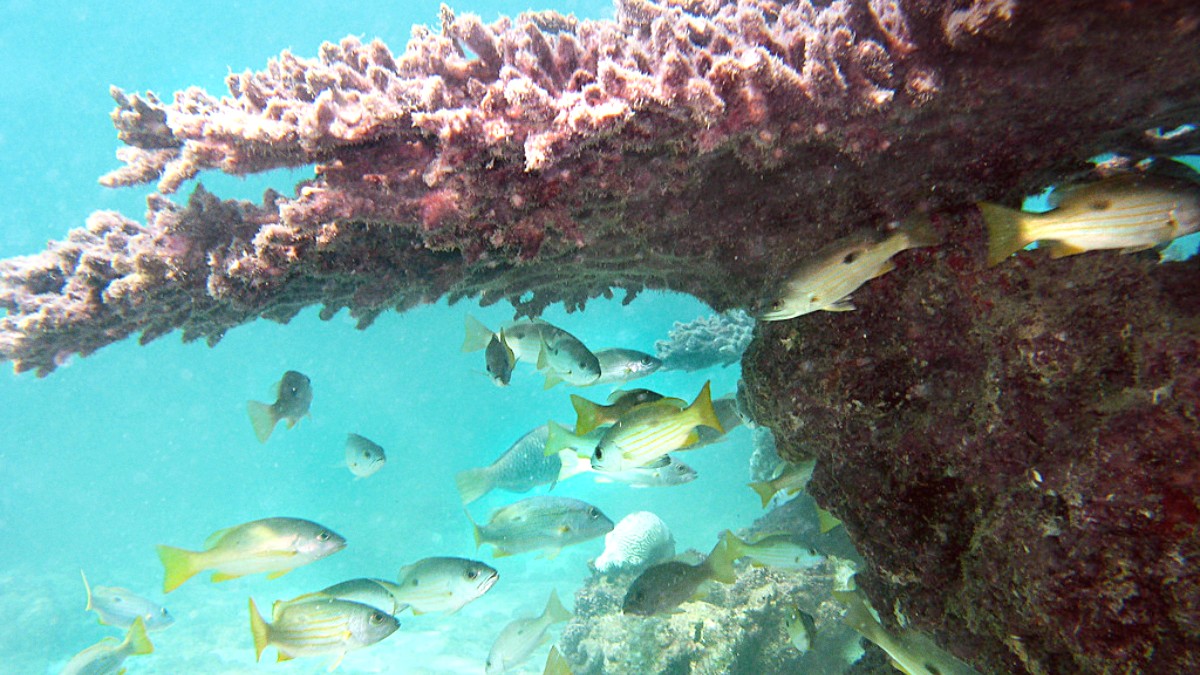
The Persian Gulf, Iran
Kish Island's cuisine has deep roots in its Persian Gulf location and historical trade connections with Arab countries. This blend makes a distinct culinary profile that joins traditional Persian cooking techniques with ingredients found in southern coastal Iran. Fresh fish and marine life lead the island's diet.
Seafood dominates Kish cuisine. Expect various fresh fish (Hamour, Sorkhoo, Zobaidi), shrimp, and lobster, often grilled or fried. Basmati rice (Chelo or Polo), saffron, turmeric, cinnamon, dried lime, fresh herbs (parsley, coriander, mint, dill), legumes, and vegetables (onions, tomatoes, eggplant, potatoes) are ingredients. Yogurt (mast) is an ubiquitous side.
Kish Island's cuisine belongs to Southern Iranian cuisine. This region's food differs from northern or central Iran. Southern Iranian cuisine stands out for its heavy reliance on seafood, use of tamarind for sourness, and a slightly more prominent use of spices due to historical maritime trade. Dishes here lean lighter.
Breakfast (Sobhaneh): Light meal, bread, cheese, butter, jam, black tea, or eggs. Lunch (Nahār): Main meal, 1:00 PM - 3:00 PM. Dinner (Shām): Lighter, later evening, 8:00 PM onwards. Tea (Chai): Black tea consumed throughout the day.
Non-alcoholic: Doogh (savory yogurt drink), Sharbat (fruit-based drinks), Chai (black tea), Coffee (less common than tea). Alcoholic Beverages: Strictly prohibited throughout Iran, including Kish Island. No alcohol should enter the country or be consumed.
A rich, tangy, and flavorful fish stew, typically with white fish, fresh herbs, and tamarind paste for its distinctive sourness. Served with plain white rice (Chelo).
Found in traditional Iranian restaurants, especially those with Southern Iranian cuisine.
A delicious dish featuring fresh fish, often hamour or sorkhoo, grilled or fried and simply seasoned. Highlights the fish's natural flavors.
Widely available at most seafood restaurants.
A flavorful mixed rice dish where shrimp cooks with rice, herbs, and various spices, like a pilaf. It sets a satisfying and aromatic seafood experience.
Find this at Iranian restaurants and seafood eateries.
A dense, sweet confection of flour, sugar, and oil, flavored with saffron, cardamom, or pistachios.
Bastani: Rich ice cream with saffron, rosewater, pistachios. Faloodeh: Refreshing frozen starch noodles with rosewater and lime juice.
Many 5-star hotels, like Daruish Grand Hotel and Toranj Marine Hotel, house upscale restaurants. These places often serve sophisticated mixes of traditional Iranian cuisine with a modern twist, alongside international dishes. An elegant ambiance and refined service are typical here.
Popular choices for good quality meals in a comfortable setting. These spots often specialize in Iranian and seafood dishes, with some offering live traditional music.
For quick, affordable meals, check out food courts in malls. Also, find smaller local eateries for home-style Iranian food. International cuisine options exist in larger hotels or upscale restaurants.
Vegetarian meals are relatively simple to find; many Iranian dishes are naturally vegetarian or modify to be so (e.g., Adasi, Ash soups). Vegan options are more of a challenge as traditional cooking often uses dairy or meat broth. Be specific: "bedoon-e goosht" (without meat) and "bedoon-e labaniyat" (without dairy).
Falafel, some samosas, plain rice, and certain vegetable stews are often vegan-friendly.
All food in Iran is by definition Halal, following Islamic dietary laws. Pork and alcohol are strictly forbidden. Kosher food is generally not available on Kish Island or in Iran due to the small Jewish population; travelers with strict requirements may need to carry their own packaged food.
This can be a challenge with widespread use of bread and wheat. Rice-based meals (Chelo, Polo) are usually safe. Communicate allergies clearly.
Nuts (pistachios, almonds) are common in desserts. Dairy is widespread. Be aware.
Learn Farsi phrases for your allergy ("man be [allergen] hasasiyat daram").
Carry an Allergy translation card in Farsi to show restaurant staff.
Some restaurants on Kish are built into or inspired by the traditional Kariz (ancient underground water system). These offer a cool, historically themed dining experience (e.g., Traditional Restaurant of Kariz).
Certain hotels or towers on the island may feature revolving restaurants. They present panoramic views of Kish and the Persian Gulf as you dine.
The local Fish Market (Bazar-e Mahi) presents the freshest catch daily.